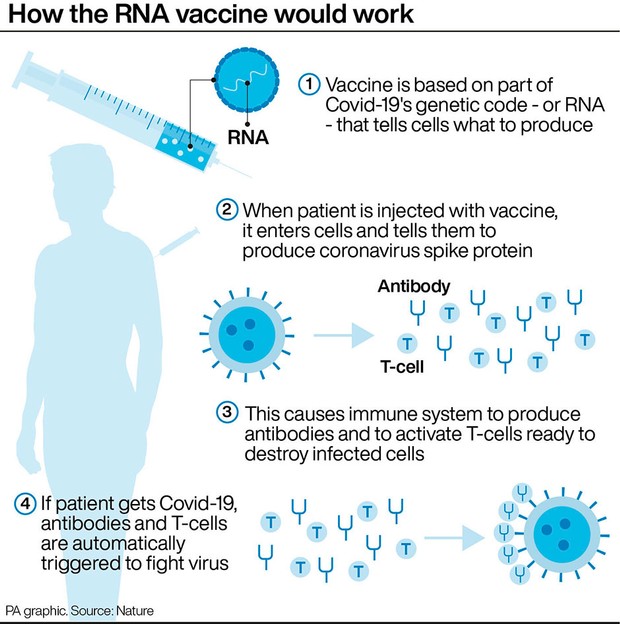As the COVID-19 pandemic continues, it is important to talk with children about the reasons people wear a face mask, practice social distancing and frequently wash their hands. COVID-19 spreads through respiratory droplets from coughing, sneezing or talking. A cloth face covering acts as a barrier to help prevent the spread of those droplets.
The Centers for Disease Control (CDC) has recommended everyone over the age of two wear a face mask in settings where social distancing is not possible. However, for many parents, getting a child to wear a face mask and leave it on may feel like a challenge. The physicians at Gaston Medical Partners want to remind parents that their child is capable of wearing a mask – it may just take patience and practice.
Kids are resilient and adapt quickly. If you’re working with children, remember these tips to help make wearing a face mask more comfortable and routine.
1. Explain
Explain why the face mask is important using age-appropriate language. For younger children, stick to simple, concrete terms such as stating, ‘Wearing a face mask helps keep us safe and keep others around us safe,’ or ‘Wearing a face mask can help protect us and others from germs.’ Be consistent in how you explain this and repeat the message over and over.
For older children, share more detailed information and refer to trusted resources such as the CDC for illustrations that show how masks can help prevent the virus from spreading.
2. Normalize and Validate
If a child has concerns or fears about wearing a face mask, practice patience and acknowledge that this is different, and it may feel weird. Adults should lead by example, wearing their own face masks.
Remember children learn and process feelings through play. Give a child a mask for their favorite stuffed animal or have them help draw and decorate a mask. Practice putting the mask on their toy and have the child practice wear theirs to make it feel more routine. Listen to what the child says during play to understand the emotions they are feeling.
3. Ensure Fit and Comfort
Making sure a child’s mask fits correctly and comfortably will help prevent fidgeting. A cloth face mask should fit over a child’s nose and mouth securely under their chin. Avoid any gaps on the sides by adjusting the mask’s fit so it is snug. Always check that the child can breathe easily when wearing the face mask. When putting on a child’s face mask, or when teaching the child how to put on their own mask, make sure they wash their hands first.
For little ones sensitive to touch and sound, a soft fabric mask may be more comfortable than a paper disposable face mask that can rub or rustle. To protect against droplets from coughs or sneezes, try a face shield.
4. Enlist the Child’s Help
There are many different types of masks available so make sure to have the child participate in the process of picking one out, giving them some control. If they are involved and choose their favorite color or character, they are more likely to feel excited about wearing the face mask.
Choose a covering that is easily washable and sized for the child’s age. If little ones complain about ear pressure, find face masks that tie behind the head, or use clips or buttons to fasten ear loops to a headband, hat or an extender band.
5. Practice
Whenever introducing something new to a child, it can help to practice and slowly get them comfortable with the change. Before the child wears their face mask in public, practice putting on the mask and wearing it for short periods around the home working up to longer periods of time. Some even use a timer and rewards.
6. Plan
Wearing a face mask is a big adjustment for all of us. Make sure to build in plenty of time to have the child practice putting on and taking off their own face mask. Wear them around the house to get more practice and plan for hiccups when out in public.
Remember this is new and has an adjustment period. Use positive language and reinforce why wearing a face mask is helpful for families and for others in the community. Focusing on the things that can be controlled and thinking positively can go a long way in reducing anxiety. Try to remain patient, positive, and praise small victories, no matter how tiny.

